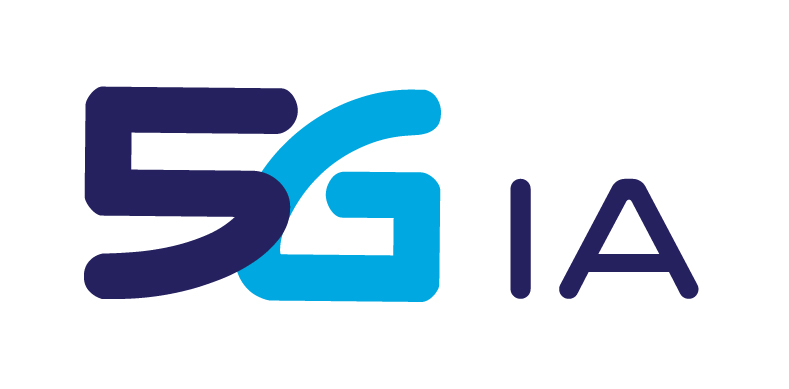
- This event has passed.
5G NORMA, 3rd international workshop on 5G architecture @IEEE ICC 2016, Malaysia
Today’s radio and core network architectures do not provide the required flexibility to cope with requirements from new 5G applications like low latency, high reliability, or deep indoor coverage. The ability to efficiently adapt to these extreme requirements locally is expected to be key for the success of 5G. To address these challenges calls for new end-to-end architectural designs (covering RAN, Core and Transport Networks) based on flexible allocations of functions, Network Function Virtualization and software-defined implementations. Novel End-to-End Network Architecture designs are gaining a lot of attention in 5G for the above reasons, and hence research work in ongoing both in industry and academia. 3GPP standardization starts working on 5G with the first study items on 5G radio and architecture started end of 2015 and early 2016.
This workshop is organized by EU funded project 5G NORMA as part of the 5G Infrastructure Public Private (5G PPP) initiative.
Area/Topics of interest
An unprecedented reengineering of the mobile networking architecture is required if the mobile industry to remain competitive. Mobile data traffic is predicted to increase globally 11-fold between 2013 and 2018, and grow three times faster than fixed IP traffic. The growth in mobile traffic will not be homogenous: busy hour Internet traffic is expected to grow more rapidly than average Internet traffic. The uptake of Machine Type Communication (MTC) services will, in addition, result in locally and over time varying characteristics of the mobile traffic. Thus, a future mobile infrastructure will not only have to support a fast growing overall mobile data volume and a significantly increased number of connected mobile devices at significantly improved energy- and cost efficiencies, but it also has to provide the capability to flexibly adapt to dynamically fluctuating traffic demands (over time, location and characteristics) and a broad range of potentially new service requirements of future service portfolios.
To satisfy the above trends, future 5G networks will have to meet a wide array of diverse and extreme requirements. There will be the need for super fast and reliable connectivity with virtually zero latency for use cases such as remote control of robots, and support for billions of sensors and things. 5G will provide consistent and high quality connectivity for people and things, creating the perception of infinite capacity. Furthermore, 5G networks will combine revolutionary technologies and existing mobile radio generations, as well as Wi-Fi, into a new system. Those technologies and layers will need to be managed as one.
So far, most interest of the research community has been drawn to novel physical layer technologies. However, it is of upmost importance to introduce a 5G End-to-End Architecture that allows for a cost- and time-efficient introduction of 5G, that integrates a variety of novel technologies with different timing regarding their introduction, and that is sufficiently flexible to accommodate applications and services that are yet to be envisioned. For example, to allow 5G to support low latency is not enough to design a low latency RAN, latency is an end-to-end factor and hence require the joint design of RAN, Core Network (CN) and Transport Network. Hence, the new End-to-End Architecture will have to be programmable, software driven and managed holistically to enable a diverse range of services in a profitable way. This requires novel ways of designing the mobile network architecture (radio access, core and transport network), operating the network, and offering interfaces.
This workshop explores, among others, the following novel concepts in the context of novel 5G End-to-End Architectures:
-Flexible RAN architectures and C-RAN
-Functional split and function placement
-Multi-service architectures
-5G wireless technologies
-Cloud-based 5G mobile architectures
-Network Function Virtualization
-Multi-tenancy architectures
-Convergence of CN and RAN
-SDN for wireless functionality
-Novel mobility management protocols
Workshop co-Chairs
Dr. Simone Redana, Nokia
Dr. Albert Banchs, Universidad Carlos III de Madrid
Dr. Markus Breitbach, Deutsche Telekom
Important Dates
-Paper submission deadline: December 4, 2015
-Notifications of Acceptance: February 21, 2016
-Final paper (“camera-ready”): March 13, 2016
More information about the 5G NORMA workshop here.
Connect to 5G NORMA
-Webpage: https://5gnorma.5g-ppp.eu/
-YouTube: 5G NORMA project @5G_NORMA
-Facebook: facebook.com/5GNORMA
-https://5g-ppp.eu/
Contact 5G NORMA
5G-NORMA-Contact@5g-ppp.eu








